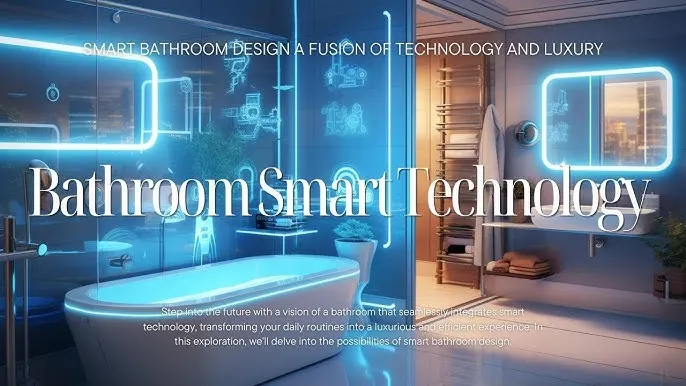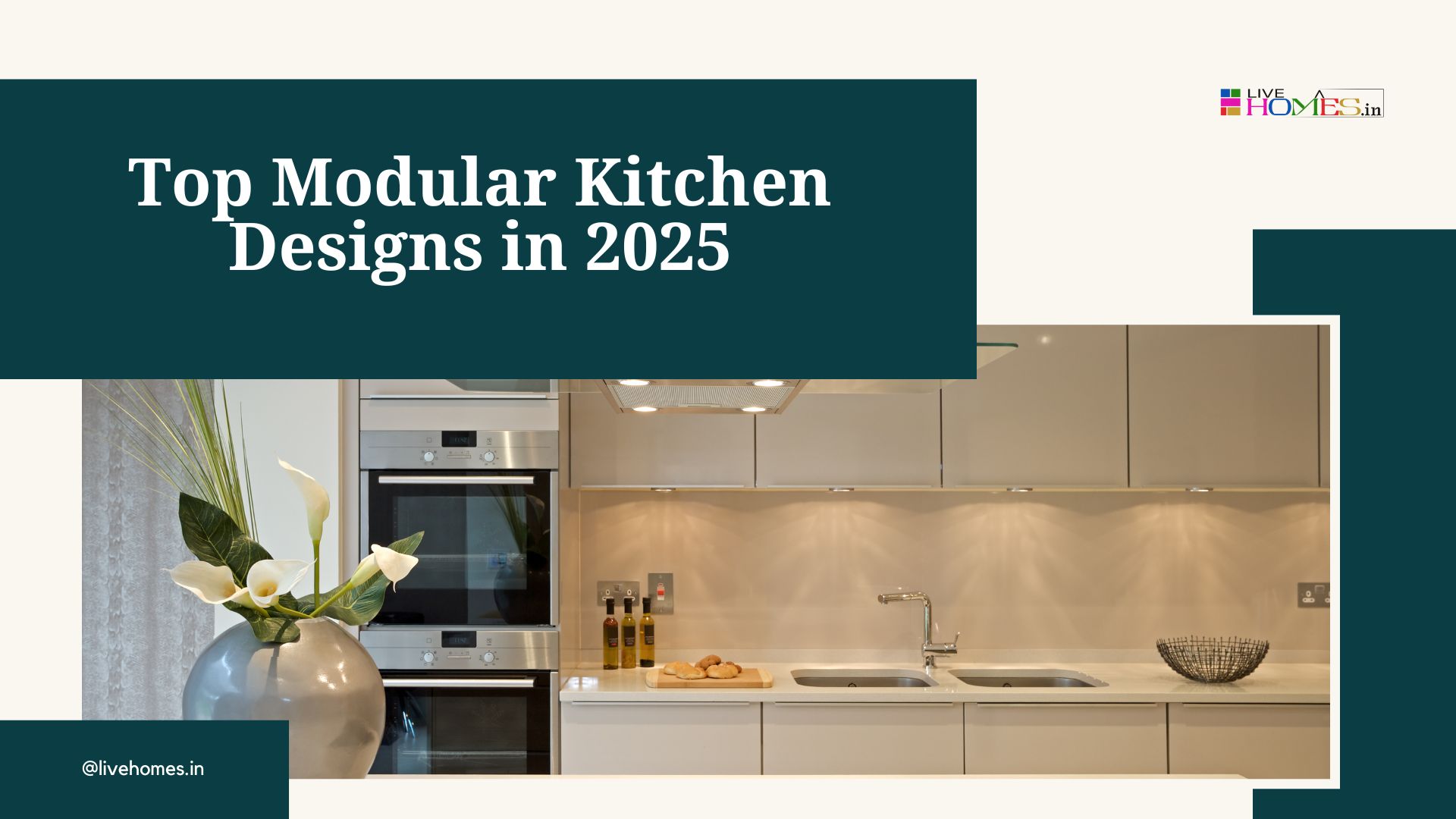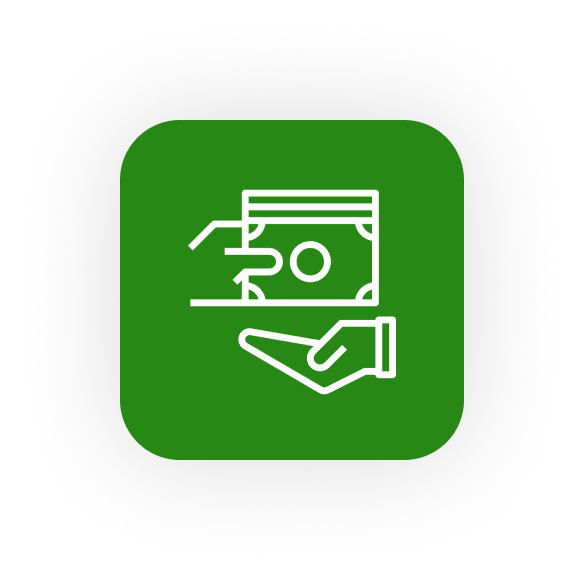How to Install a Smart Bathroom: The Future of Convenience
The rise of smart technology has revolutionized many aspects of our daily lives, and the bathroom is no exception. A smart bathroom can elevate your daily routine with enhanced comfort, energy efficiency, and automation. Whether you're looking to upgrade your existing bathroom or building a new one, integrating smart devices can turn your bathroom into a high-tech sanctuary.
Here’s a detailed guide on how to install a smart bathroom:
1. Smart Showers and Bathtubs
What They Do: Smart showers and bathtubs offer a customizable experience with temperature controls, water flow adjustments, and even preset settings for multiple users. They may come with features like voice activation or app-controlled temperature regulation.
How to Install:
- Upgrade Your Showerhead: If you want a simpler upgrade, consider a smart showerhead like the Kohler Moxie or Moen U by Moen. These are easy to install and can be controlled through a smartphone app or voice commands.
- Full Smart Shower System: For a complete smart shower, you’ll need a new shower valve or system like Moen's U by Moen or Kohler's DTV+. These systems allow you to control the water temperature, pressure, and lighting. Installation of a full system may require the help of a plumber to install the valve and connect the device to your home’s Wi-Fi.
Features to Look for:
- Voice control (Amazon Alexa or Google Assistant)
- Water-saving options
- Preset shower preferences
- Multi-stream showerheads for luxury
2. Smart Toilets
What They Do: Smart toilets offer advanced features like heated seats, built-in bidets, automatic flushing, and even air purifiers. They provide a hygienic, luxurious experience while being eco-friendly.
How to Install:
- Upgrade to a Smart Toilet: Brands like TOTO, Kohler, and American Standard offer smart toilets that include features such as self-cleaning, seat warming, and automatic lid opening and closing. Installation of these toilets can often be done by a plumber, as they require connections to both water and power.
- Bidet Attachments: If you're not ready for a full smart toilet, you can add a smart bidet attachment to your existing toilet. These are easier to install and provide features like warm water, adjustable pressure, and heated seats. Some popular options are TUSHY or BioBidet.
Features to Look for:
- Heated seats
- Nightlights
- Remote controls or app connectivity
- Self-cleaning features
3. Smart Mirrors
What They Do: Smart mirrors integrate lighting and touch-control features, and many include functions like fog resistance, magnification, and even built-in LED displays for news, weather, or reminders.
How to Install:
- Choose a Smart Mirror: Models like Simplehuman's Sensor Mirror or HiMirror allow for touch control, magnification, and lighting adjustments. If you want a larger mirror, there are options like Electric Mirror that integrate larger screens into the mirror for a more tech-savvy feel.
- Installation: Some mirrors come with easy-to-use mounting hardware that you can install yourself. Others may require electrical wiring to power the lighting or other smart features, which might require the help of an electrician.
Features to Look for:
- Built-in lighting with adjustable warmth
- Anti-fog technology
- Touchscreen for weather, news, or smart assistant functions
- Integration with other smart devices (such as controlling your bathroom temperature)
4. Smart Lighting
What It Does: Smart lighting in the bathroom can create ambiance with customizable lighting levels, automatic adjustments, and color options. You can control the lights using voice commands, your smartphone, or set schedules.
How to Install:
- Smart Bulbs: Start by replacing your standard bulbs with smart bulbs like Philips Hue or LIFX. These bulbs can be controlled via apps or voice commands and offer color-changing options and dimming.
- Smart Switches: If you prefer controlling the entire lighting system with a switch, you can install a Lutron Caseta or WeMo smart switch. These will work with your existing lights and allow remote control via your smartphone or voice assistant.
- Motion Sensors: Adding motion sensors, such as Philips Hue Motion Sensors, can ensure the lights automatically turn on when you enter the bathroom, saving energy.
Features to Look for:
- Dimmable lighting
- Customizable color temperatures (warm for relaxation or bright for getting ready)
- Voice or app-controlled
- Motion-activated lighting
| "Best Builder Floor Apartment in Chennai" |
5. Smart Faucets and Touchless Controls
What They Do: Smart faucets can help save water, prevent germs, and enhance convenience. Touchless faucets allow you to turn the water on and off without physically touching the handle.
How to Install:
- Smart Faucets: Companies like Moen and Delta offer faucets with voice activation or touchless control. These are relatively easy to install in place of traditional faucets but may require additional plumbing adjustments if you are upgrading to a sensor model.
- Touchless Controls: For a more seamless look, you can install a touchless sensor that activates the faucet when it detects your hand. This installation requires connecting the sensor to your faucet and power, so it’s best done by a plumber.
Features to Look for:
- Motion sensors for hands-free use
- Temperature control via app or voice command
- Water conservation settings
6. Smart Bathroom Scale
What It Does: Smart bathroom scales track your weight, body fat percentage, muscle mass, and even heart rate. The data syncs with your phone or fitness apps to help you track your health goals.
How to Install:
- Simply place the smart scale on a flat surface in your bathroom. Many smart scales require no installation, just the need to sync with an app like Fitbit, Withings, or Garmin.
Features to Look for:
- Syncing with health apps
- Multiple user profiles
- Body composition metrics (body fat, muscle mass)
- Wi-Fi connectivity for seamless data tracking
7. Smart Bathroom Speakers and Audio Systems
What They Do: Smart speakers like Amazon Echo or Google Nest can be placed in the bathroom to play music, podcasts, or even control other smart devices with your voice. These devices can also provide news, weather, and traffic updates while you're getting ready.
How to Install:
- Portable Bluetooth Speakers: If you prefer a simpler solution, invest in a water-resistant Bluetooth speaker that can easily be placed on a countertop or shelf.
- Built-In Audio Systems: For a more integrated setup, you can install smart audio systems with built-in speakers or even in-ceiling speakers, like those from Sonos or Bose. Installation typically requires professional help to ensure proper placement and wiring.
Features to Look for:
- Water-resistant models for bathroom environments
- Voice control for hands-free operation
- Music streaming via services like Spotify or Apple Music
8. Smart Ventilation and Dehumidifiers
What They Do: Humidity and air quality are key issues in bathrooms. Smart exhaust fans and dehumidifiers monitor and control the moisture levels, ensuring a comfortable and healthy bathroom environment.
How to Install:
- Smart Exhaust Fans: Install smart ventilation fans from brands like Broan or Delta that automatically turn on or off based on humidity levels. These fans can also integrate with smart thermostats or smart home systems.
- Dehumidifiers: Small portable dehumidifiers or built-in systems can help prevent mold and mildew buildup in your bathroom. These are easy to install and can work with smart apps for remote monitoring.
Features to Look for:
- Automatic humidity detection
- Smart control via apps or voice commands
- Energy-efficient models
Conclusion:
Installing a smart bathroom involves adding devices that integrate seamlessly into your daily routine and enhance comfort, convenience, and energy efficiency. From high-tech toilets and showers to intelligent lighting and speakers, these upgrades not only improve your bathroom experience but also increase the value of your home. Whether you’re starting small or going for a full smart bathroom makeover, there’s a solution that suits your needs and budget.
Remember to factor in your current plumbing, electrical setup, and Wi-Fi capabilities before starting your installation to ensure everything runs smoothly.
https://www.livehomes.in/blogs













